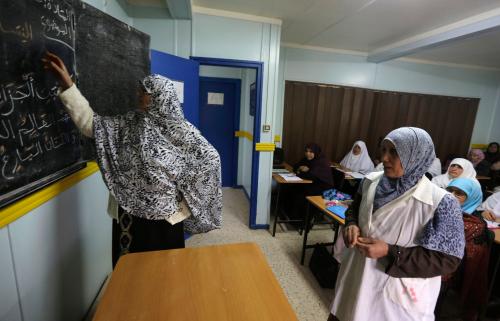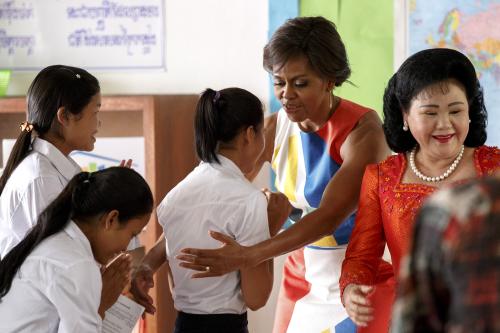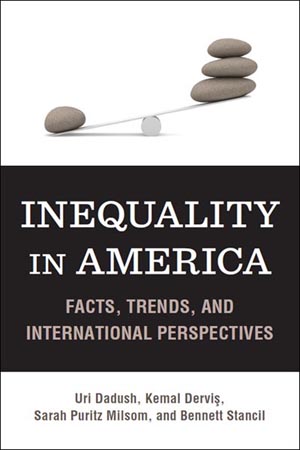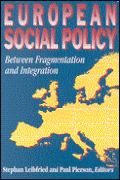Tomorrow, October 11th is the International Day of the Girl Child, a day to recognize girls’ rights and the unique challenges girls face around the world.
This year’s theme is “Innovating for Girls’ Education” and it is an opportunity for us to take stock of what we know about girls’ education, what good news we can celebrate, what challenges we must face and overcome to move forward.
The Benefits of Girls’ Education Are Well-known
The benefits of girls’ education are so multifold and there is so much evidence pointing to these benefits that it cannot all be listed here. What girls learn in formal and nonformal education can enrich, protect, and empower them and improve their lives and their families’ lives.
However, it is important to recognize that it is not just years of education that is important. There is an important role for learning and the real focus for girls’ education should be on the content of what girls are learning and quality of their education. This is what will generate benefits for girls and their families. In fact, there is a growing body of research highlighting how key learning outcomes translate into the positive life outcomes necessary for development:
- Literacy skills, when acquired in school and retained after school exit, are strongly linked to fertility and child health outcomes.
- Cognitive skills play a role in public returns to education: Increasing the share of women with secondary education and cognitive skills can boost annual per capita income growth.
- A child born to a mother who can read is 50 percent more likely to survive past the age of five. Children of mothers with secondary education or higher, are twice as likely to survive beyond age five.
The Good News: More Girls Are Going to School, Especially Primary School
The number of primary school aged girls out of school has decreased from 58.9 million in 2000 to 31 million in in 2012. The share of girls making up the out-of-school population dropped from 58 percent in 2000 to 53 percent in 2011. South and West Asia have made very significant gains, reducing the number of out-of-school girls from 24.2 million to 6.6 million between 2000 and 2011. Sub-Saharan Africa also made substantial gains having reduced the number of out-of-school girls from 21.9 million to 16.4 million.
The Bad News: The Girls’ Gap
Despite the progress in gender parity over the past decade, progress in catching girls’ enrollment up to boys has stalled, begging the question of how policies must be tailored to promote access for the hardest to reach girls. In 2001, there were 14.4 million more girls out of school at primary age than boys – this disparity can be called the Girls’ Gap. This gap dropped to 4.1 million in 2008. However, between 2008 and 2011, progress on shrinking the Girls’ Gap flatlined. UNESCO’s Institute of Statistics found that in 2011, 4.1 million more girls than boys were still out of primary school.
At the secondary school level, girls suffer disproportionately, especially in countries where access has been severely constrained like in many sub-Saharan African countries. In a handful of countries— such as Somalia, Afghanistan, Togo, Central African Republic and Democratic Republic of the Congo— girls are outnumbered 2:1. Where early childhood marriage is prevalent and where girls face violence and discrimination, getting an education after primary school is especially difficult for girls.
The girls who are most likely to be excluded are poor, rural girls, and those affected by conflict or natural disaster. Large disparities exist within countries and rural girls in almost every country have a lower rate of enrollment than their richer urban counterparts.
The Way Forward: Focus on Learning for Both Girls and Boys
We can make great progress on girls’ education by supporting the many interventions that are proven to keep girls safe, keep girls in school and keep girls learning. One fundamental step for the education community is to refocus energy on girls’ and boys’ learning, moving beyond the goal of just getting students in school. Enrollment and attainment can no longer be considered acceptable proxies for learning outcomes since it is often the case that children who are in school are often not actually learning. And we know that if girls are building skills and knowledge, families are more likely to keep them in school.
Here are five policy ideas that could help advance and improve girls’ education across the world:
- Shift to focus on learning outcomes. We need to increase the emphasis in education on learning outcomes. The reason why education promotes health, intergenerational benefits, and economic growth is because girls can read, count and solve problems.
- Focus on a broad definition of learning. Learning is not just reading and writing. For all children, and especially for girls, other aspects of learning are critical, including learning about sexual and physical health and safety, and gaining social and emotional skills that contribute to success. Girls must also learn their rights and how to stand up for them.
- Improve accountability for girls’ learning. We need better gender disaggregated assessment data that can help shed light on girls’ learning levels and provide a feedback loop so we can support it. Although not all areas of learning receive equal attention, assessments can provide an important measure of learning.
- Engage with the Learning Metrics Task Force. This should be done both at the global and country level, to ensure that global measures and measures that are developed at country level are formed with girls’ and boys’ learning needs in mind.
- Ensure that the conditions are right so that girls can learn. Girls must be safe at home, on the way to school, and in school. Teachers and administrators should be understand girls’ needs and experiences, and should create positive learning environments for all girls and boys.








Commentary
International Day of the Girl Child: Taking Stock of Girls’ Education
October 10, 2013